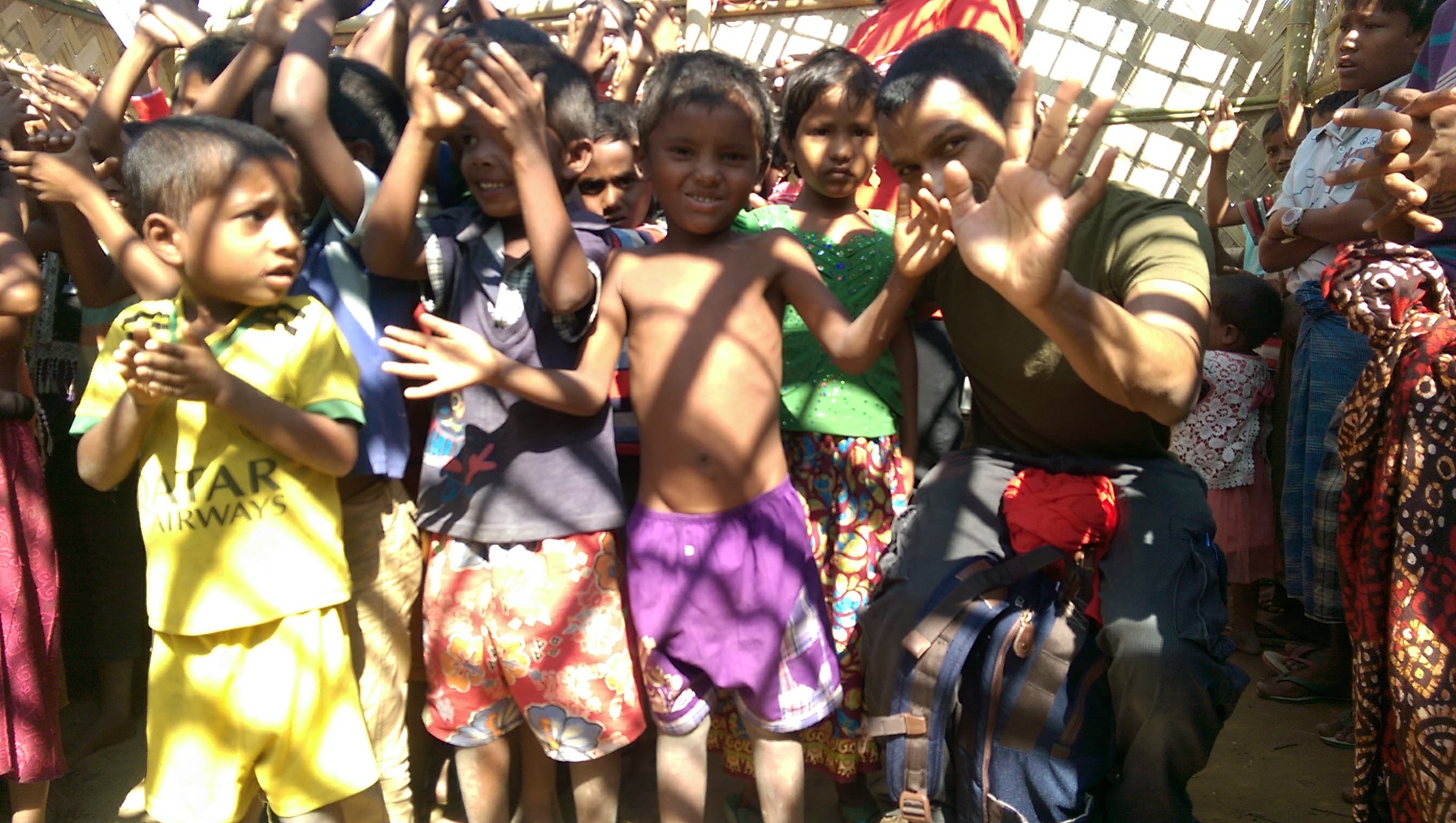The Canadian government released its Strategy to Respond to the Rohingya Crisis in Myanmar and Bangladesh on May 23. Based on the recommendations of Canada’s Special Envoy to Myanmar, Bob Rae, the report outlines the government’s plan to respond to the displacement of more than 600,000 ethnic Rohingya in Myanmar’s Rakhine state since August 2017.
The strategy has four goals: “Alleviating the humanitarian crisis,” “Encouraging positive political developments in Myanmar,” “Ensuring accountability for the crimes committed,” and “Enhancing international cooperation.” According to the report, Canada will provide humanitarian aid to refugees in neighbouring countries, offer assistance to the communities hosting these refugees, and promote accountability for perpetrators of the crisis. Canada has pledged $300 million over the next three years towards these ends, which is short of the $600 million over four years recommended by Rae.
Kyle Matthews, the executive director of the Montreal Institute for Genocide and Human Rights Studies, praised Canada’s ramping up of humanitarian aid to Rohingya refugees and its call for those responsible for the crisis to be brought to justice. In an interview with The Concordian, Matthews also commended Canada for having appointed a special envoy to address the Rohingya crisis. He said this is unique not only among the world’s nations, but also in Canada’s history, since such an official was never appointed to deal with similar crises in the past.
However, Matthews said the plan does not properly acknowledge those internally displaced in Myanmar. In his report, Special Envoy Rae said that, although he was not denied entry into the Rakhine state, his access was controlled and limited. Even though more than 600,000 of the estimated 1.1 million Rohingya living in Myanmar have been forcibly displaced, Matthews noted “there are still 300,000 to 400,000 who are stuck in Myanmar, and the action plan doesn’t really talk about them.” He said the situation for those still in Myanmar may be even more dangerous than for those in refugee camps in neighbouring countries.
Canada’s official strategy is guided in part by the new Feminist International Assistance Policy. Introduced in June 2017, the influence of this policy can be seen in the government’s pledges to promote the voices of women in resolving the conflict as well as devote resources to Rohingya women and girls, especially those who have been affected by sexual violence. Matthews said he hopes this policy will generate positive results, but that it is too recent to be judged adequately.
Raees Ahmed is an executive director of the Rohingya Human Rights Network, a non-profit organization dedicated to raising awareness about the crisis and promoting the voices of Rohingya refugees. He told The Concordian that Canada’s plan is missing a concrete timeline.
“They’ve got good measures, the recommendations of Bob Rae and they’ve got a solid response in their strategy,” he said. “But when, and how? This is our big question, because time is against us.”
According to Ahmed, the issue is especially time-sensitive since the Myanmar government is allegedly destroying evidence of its actions. In February, the Arakan Project, a non-profit organization that documents human rights abuses against the Rohingya, released footage of a mass grave to The Guardian, which the organization said had since been bulldozed over.
Ahmed claimed the plan also fails to address two important consequences of the crisis: those of sex trafficking and extremism in the refugee camps. Although it is unclear to what extent extremism permeates Rohingya refugee camps, United Nations Secretary-General António Guterres publicly stated: “We should not be surprised if decades of discrimination and double standards in treatment of the Rohingya create openings for radicalization.”
Additionally, the United Nations migration agency warned that, although the scope is unclear, the exploitation of Rohingya refugees—including but not limited to sexual exploitation—is widespread in refugee camps and their surrounding areas, especially in Cox’s Bazar in Bangladesh.
Neither the strategy nor Special Envoy Rae’s report refer to the situation in the Rakhine state as “genocide.” In December, the UN High Commissioner for Human Rights, Zeid Ra’ad Al Hussein, said the actions taken against the Rohingya contained “elements of genocide,” although he added only a court could make the official determination. Nonetheless, both Matthews and Ahmed said the Canadian government should follow through on its commitments and acknowledge the action as genocide.
“We should call a spade a spade,” Ahmed said. Under the 1948 United Nations Convention on the Prevention and Punishment of the Crime of Genocide, of which Canada is a signatory, nations must “undertake to prevent” any action deemed to be a genocide.
The conclusion of the report on Canada’s strategy says that, “over the coming months, we will announce further elements of the strategy, keeping Canadians informed of our actions and providing support to the courageous individuals working on the front lines of this crisis.”
Photo courtesy of Raees Ahmed




